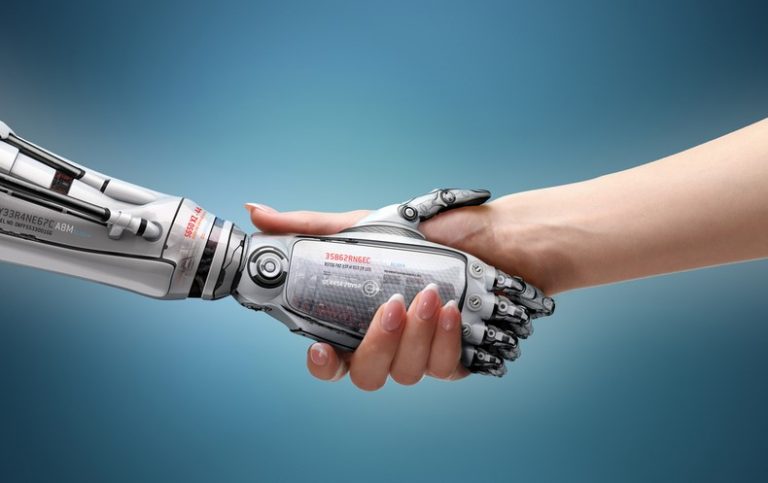5 Tools And Techniques For AI Training
Artificial intelligence (AI) is the imitation of human intellect by machines. It’s essential as it allows human abilities to be executed by software, increasing effectiveness and efficiency at a much lower cost. For these machines to work, they must be trained. Generally, AI training means instructing it to interpret data accurately, learn from it, and accomplish tasks.
Training begins with well-annotated and premium quality data for outstanding outcomes with the use of an image annotation tool. After this, it goes to validation and, finally, testing. With this in mind, here are five tools and techniques for AI training:
1. Image annotation tools
Image annotation is the process of labeling digital images with the help of humans or computers. An image annotation tool lets you hasten and smoothen this process and manage practical AI applications. Image annotation is beneficial as it’s used to develop photos that can be used in machine learning. It’s an excellent way of establishing algorithms. There are four main types of image annotations, as outlined below:
- Classification: This involves the identification of the existence of the same objects pictured in images in a given collection. Ideally, this image annotation is used to instruct a machine to discern an image that matches another.
- Object detection: Object detection involves identifying specific objects in an image and annotating them properly.
- Detecting the boundaries: This image annotation is used to instruct machines to identify the limits of objects in an image. For instance, they’re used in autonomous cars to detect the edges of pathways, say, in traffic lanes.
- Semantic segmentation: Here, the visual content of images is evaluated to ascertain the similarities or differences of objects in a snap.
2. Writing tools
The AI writing tools are making the publishing world more uncomplicated and more effective. They’re trained to learn and independently create skill sets without being fed with labeled rules to perform duties accurately. These AI writing assistants enable you to develop content promptly so that you can have something to publish. In addition to that, they allow you to:
- Rephrase content
- Prepare reports
- Format documents
- Generate ideas
- Grammar check
- Spell check
- Complete forms
- Format documents
- Research topics
3. Machine learning techniques
Machine learning involves a computer program studying and conforming to new information without human intervention. It’s essential as it enables enterprises to view trends in client conduct and business operating models and facilitate the development of new products. There are four different types of machine learning, as explained below:
- Supervised learning: Data scientists provide systems with designated training data and specify the variables needed for evaluating similarity.
- Unsupervised learning: This deals with algorithms that train on anonymous data. The algorithm scans across data collections while searching for any critical linking.
- Semi-supervised learning: This is a mixture of the above two types. Data scientists may supply specified data, but the system can still analyze it independently and establish an insight into the data collection.
- Reinforcement learning: In this type of machine learning, data scientists schedule an algorithm to accomplish a task while giving it some clues. However, the algorithm chooses its way forward.
4. Machine vision
Machine vision aims to enable computers to draw out a superior perception of the visual world. Using digital photos from videos and cameras, machines can precisely determine and group objects and react to what they see. The images are first converted from analog to digital, and the resulting information is supplied to a computer. This technique is primarily used in hospitals for medical image analysis, the automotive industry, agriculture, customer behavior tracking, and more.

5. Natural language processing
Natural language processing (NLP) is a technique that allows machines to understand human language. It aims to develop systems that can sense texts and automatically carry out duties such as translation, topic classification, and others. To enable computers to understand texts, NLP utilizes two techniques: semantic and syntactic analysis. The semantic analysis concentrates on understanding the meaning of texts. It first analyses the meaning of specific words and then discerns their purpose in a context.
On the other hand, the syntactic analysis evaluates text employing basic grammar rules to determine basic sentence structure, how words are arranged, and how words are connected.
Conclusion
With the advent of technology, most industries are establishing innovative artificial intelligence applications that help them make work easier and more accurate. You must utilize the appropriate tools and techniques for high-quality results in this case. Depending on the business you’re dealing with, suitable tools and methods exist such as image annotation tools, writing tools, machine learning techniques, machine vision, and natural language processing. Therefore, know them before embarking on the training.







